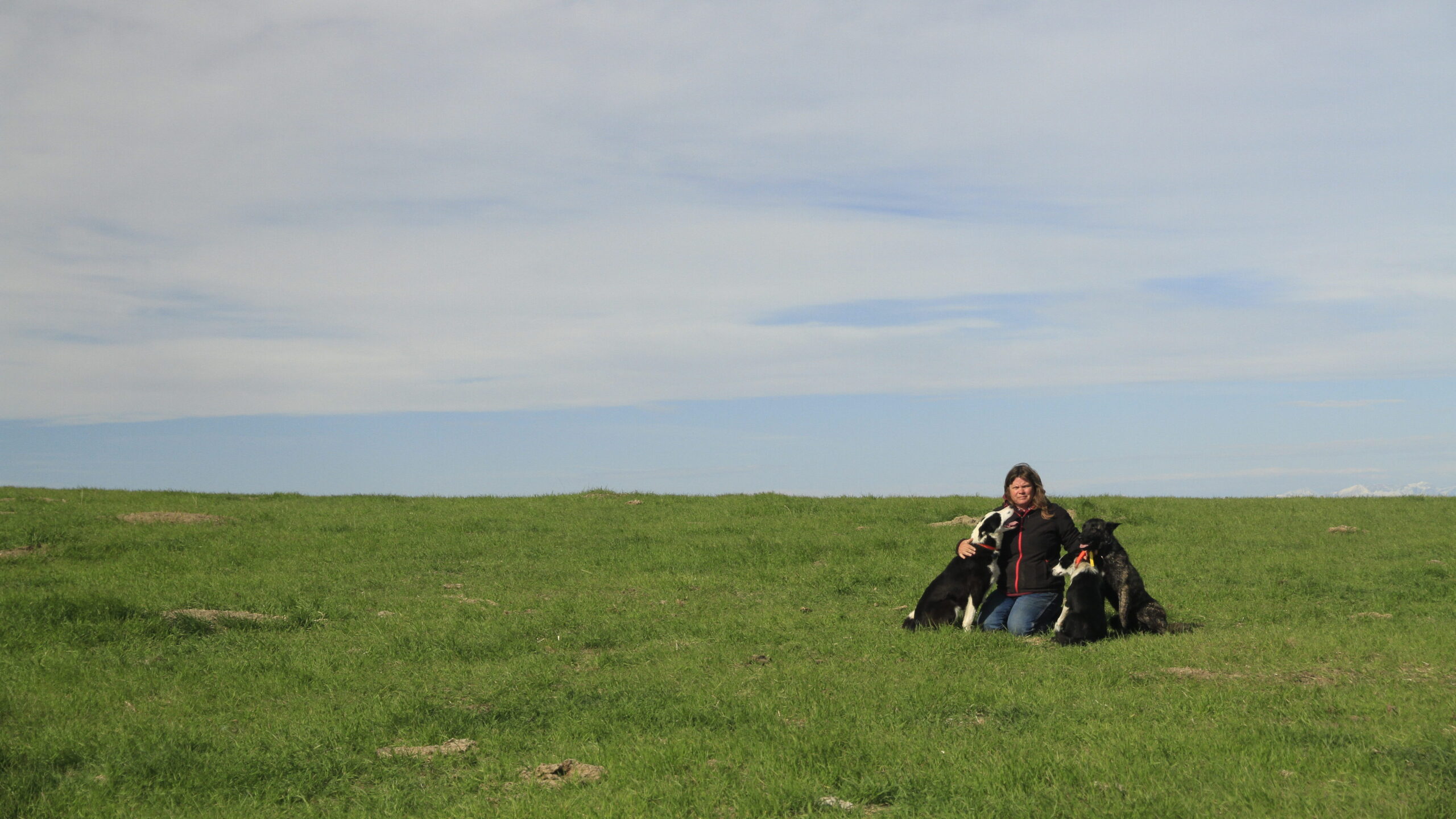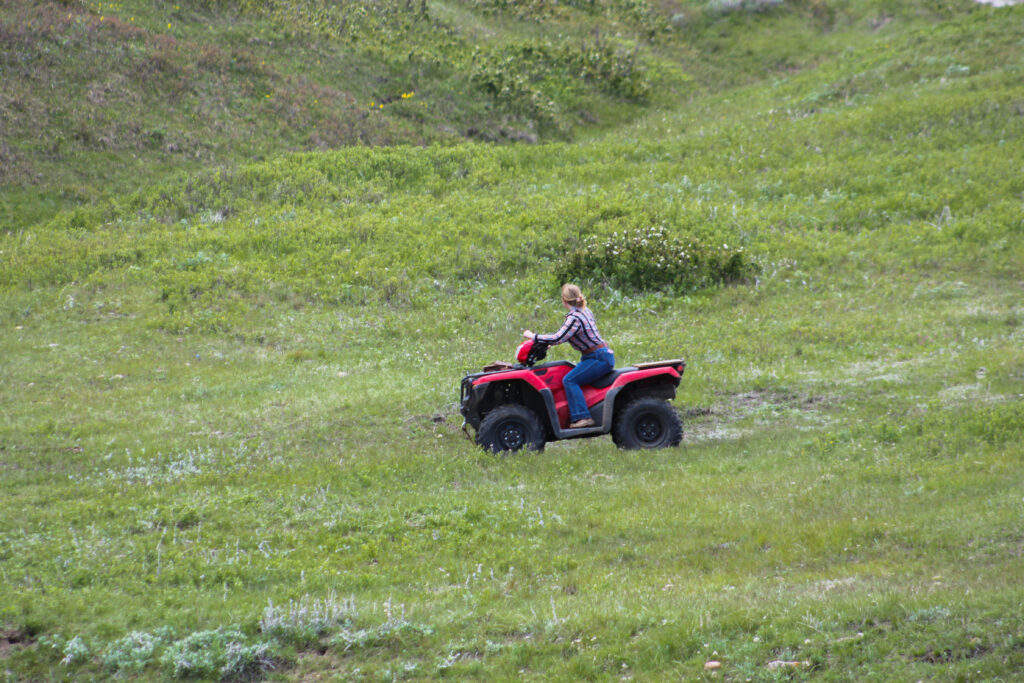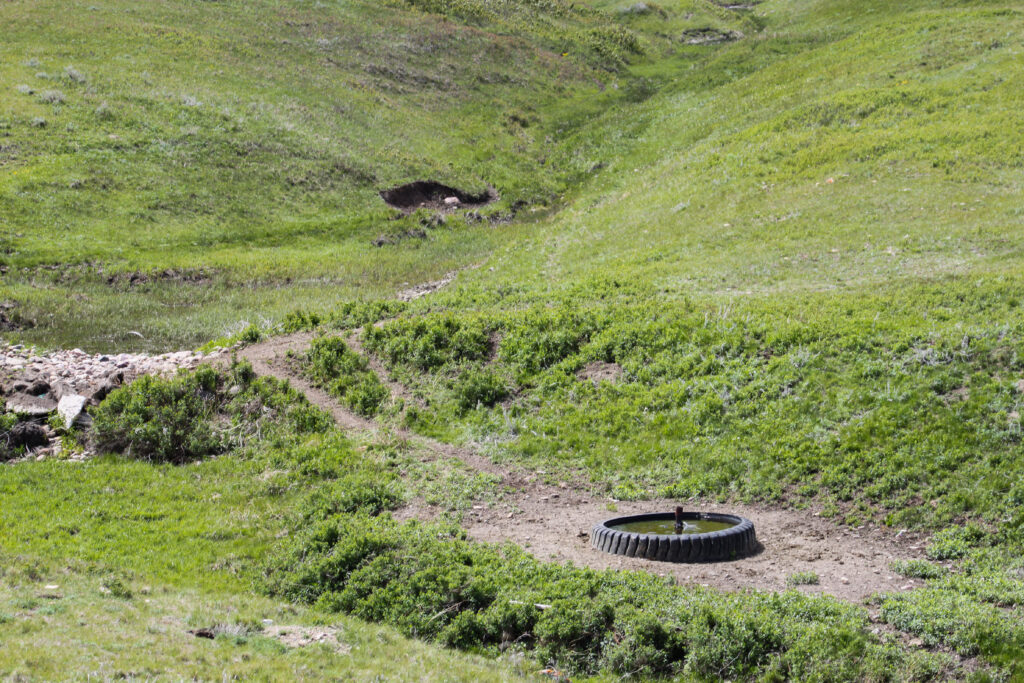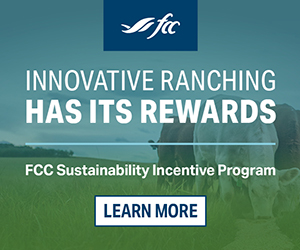AB Direct - Steers
Rail: 492.00-493.50 FOB feedlot (last week)
AB Direct - Heifers
Rail: 492.00-493.50 FOB feedlot (last week)
US Trade- Steers
Rail: 355.00-363.00 (IA, NE) last week
US Trade - Heifers
Rail: 355.00-363.00 (IA, NE) last week
Canadian Dollar
0.19

Home on the Milk River Ridge
On the Alberta-Montana border, set above the surrounding plains, is a unique expanse of glacial-formed prairie grasslands. Known as the Milk River Ridge, the area features rolling fescue hills, with pockets of wetlands that provide critical habitat to many sensitive and at-risk species of wildlife.
On the northern slope of the ridge, west of Warner, Alberta, Robert and Audrey Taylor sit for a second at the family table over coffee, light music playing in the background. Their house is set to the side in a yard dedicated to farm life.
And while the house and yard provide a welcoming stop for a visit, it’s clear ‘home’ for the Taylors stretches far beyond that.
Starting a business on the Milk River Ridge
Robert and Audrey Taylor acquired the ranch on the Milk River Ridge in 2001, with soon-to-be four children at foot – Kyza, Katrina, Courtney, and Clayton. They set to work immediately.
“One of my first memories is being in a barn,” smiles Courtney, who now farms alongside her parents and brother, Clayton, who agrees.
“Since day one, we’ve been in the barn.”
While part of their early involvement was likely born of necessity, as they grew, the kids’ role in the ranch was never underestimated.
“The kids have always had a say,” explains Audrey. “When they were about eight years old, we’d let them start by helping us pick out the bulls.”

Heading to a bull sale, the Taylors had a strategy for selecting genetics. Each family member had a vote, and majority ruled. A bull would need at least three votes to see a bid.
“We’re very fortunate that our parents let us be hands-on and make financial decisions, and every day day-to-day operations decisions,” says Clayton, adding this involvement made him feel his decisions were respected, and in turn helped him respect his parents’ decisions as well.

And as the children grew older, the decisions they were involved in grew with them. Today, Clayton and Courtney each manage a portion of the herd through calving. Courtney quads off to the west with her dog, passing pintail ducks, hawks, coyotes, antelope and occasionally elk or antelope on her route. She’ll look through 300-head of cows, to ensure all is well, and assist only if needed. Clayton opts for another kind of saddle, and takes off on a horse, his dog at his side. He’ll calve 400 cows to the east of the home place.

“It’s huge for us to incorporate our kids and to have them manage portions of the ranch on their own, and to have their own responsibilities to look after this type of thing,” says Robert. “In the future, they’re going to need more of those skills.”
Managing for health and habitat
In total the Taylors manage around 800 commercial cows and over 15,000 acres of land in three separate locations.
These acres include the land surrounding their home place on the Milk River Ridge; land near Milo, Alberta; and an allotment with the Waldron Grazing Cooperative.
The three grazing locations come with big responsibilities, but they offer the Taylors flexibility in the way they manage the rangelands, animal health, and the overall efficiency of the business.
“Our policy here on this ranch is we take 50 per cent of the grass, leave 50 per cent of the grass,” says Audrey, adding this allows the grass to catch more precipitation, and the land in turn to be more profitable and sustainable.

Still, as anyone who has ever seen a kid at a buffet can imagine, it takes some foresight to have cattle graze evenly.
To improve grazing distribution, the Taylors have strategically placed salt, upgraded watering infrastructure, and are now beginning to utilize temporary fencing options.
To the family, these are small adjustments to make in the name of rangeland health and efficient business management.
“We enjoy the land,” says Robert. “It’s almost everything besides our family to us. So, looking after it is very, very important to us.”
Wildlife for thousands of years
The Taylors love of the land extends to the animals they share it with.
“Protecting the wildlife is really important to us,” says Audrey. “Our jobs as stewards of the land are to keep everything how it has been for the last 100 years – so the grass is the same, the wildlife is all the same. And we’d like to see this exactly how it is 100 years from now.”

Since acquiring the ranch, the Taylor family has developed relationships with industry partners like Ducks Unlimited Canada (DUC) and MULTISAR. These relationships have proved crucial in their ongoing efforts to preserve the grasslands, prioritize wildlife habitat, and continue to graze cattle on the landscape.
With DUC, Taylor Ranches has celebrated the restoration of 39 naturally occurring wetlands. These areas serve as critical habitat for a diverse range of species. One of those species is the pintail duck. According to DUC, the wetlands the Taylors manage on the Milk River Ridge are some of the highest value pintail duck breeding habitats in North America.
In addition to pintails, Taylor Ranches is home to high densities of porcupines, elk, mule deer, and even grizzly bears.
Through work with MULTISAR, the Taylors prioritize on-ranch species conservation. The operation is home to at-risk species like ferruginous hawk, Sprague’s pipit, loggerhead shrike, and northern leopard frog. On a tour of the ranch, you’ll likely also see sensitive species like pronghorn antelope; sharp-tailed grouse; and common nighthawk.
“If there’s any way that we can manage [wildlife] habitat with our operation, we prioritize that, and try really hard to include it,” says Robert.
The Taylors have human-made nesting sites available for birds of prey on cropping land. They also hay late in the season to give the ducks time to raise their brood. And if you take a wander out to one of the water troughs, you’re likely to notice a ramp, providing an escape route for any animals that fall in or simply need a swim to cool off.

Robert is particularly fond of those water troughs, and grins when he tells stories of the northern leopard frogs he’s found under them.
Going that extra mile for native wildlife is a mantra he enthusiastically shares with his family.
“They’ve been here for thousands of years, there’s no reason they can’t be here for thousands more.”
Water for all
The species the Taylors steward rely on consistent, safe water supplies as much as they do.
To effectively utilize and maintain water sources, Taylor Ranches have collaborated with Alberta Conservation Association in building off-site watering systems.


The Taylors have incorporated a couple of different watering systems into the lands they manage.
They’ve incorporated continuous-flow waterers into natural springs to prevent the overgrazing of riparian areas.
With dugouts, the Taylors utilize solar power to pump water into off-site water troughs.
“Solar watering systems have changed the way we operate,” says Robert. “It’s really helped our cattle health, our riparian health – just the overall management of the ranch.”
These projects have improved the quality of the water source, the habitat that surrounds it, and the health of the animals utilizing it.
Environmental stewardship on The Ridge
Robert, Audrey, Courtney and Clayton talk over coffee.
On busy days, it’s a meeting of task updates and filling the family in on expected whereabouts for safety. On slower days, it might be a discussion on the future. Like growing the cattle herd and improving genetics. Or installing more off-site watering systems, and incorporating electric fencing to support wildlife, efficiency, and grazing management.
It doesn’t matter if it’s a day-plan or a longer-term strategy – the environment has a seat at the table. Because, just as Robert and Audrey have shared decision making with their kids, they’ve also shared their love of the land.

“Being a steward of the land is pretty important to me because native grass doesn’t forget,” says Clayton. “You can see if someone takes care of their land, their grass comes faster, grows harder.”
“When you have healthy cattle, and healthy range, well then you have a healthy rancher,” says Courtney. “When you have healthy family ranches, then you get a healthy community. It’s really interesting that something as remote as this can be such a bigger part of a community.”
Once coffee’s done, it’s off to work – checking the cattle, the range, and the wildlife that share their home on the Milk River Ridge.
For their efforts in habitat and wildlife conservation, rangeland health, and business sustainability, Alberta Beef Producers is pleased to announce Audrey and Robert Taylor and the Taylor family as the 2024 recipients of the Environmental Stewardship Award.

Tour Taylor Ranches in
our 2024
Environmental Stewardship Award
feature video.



